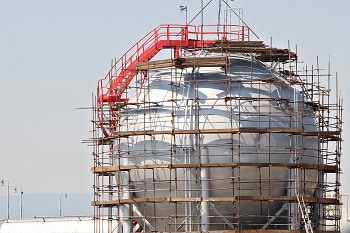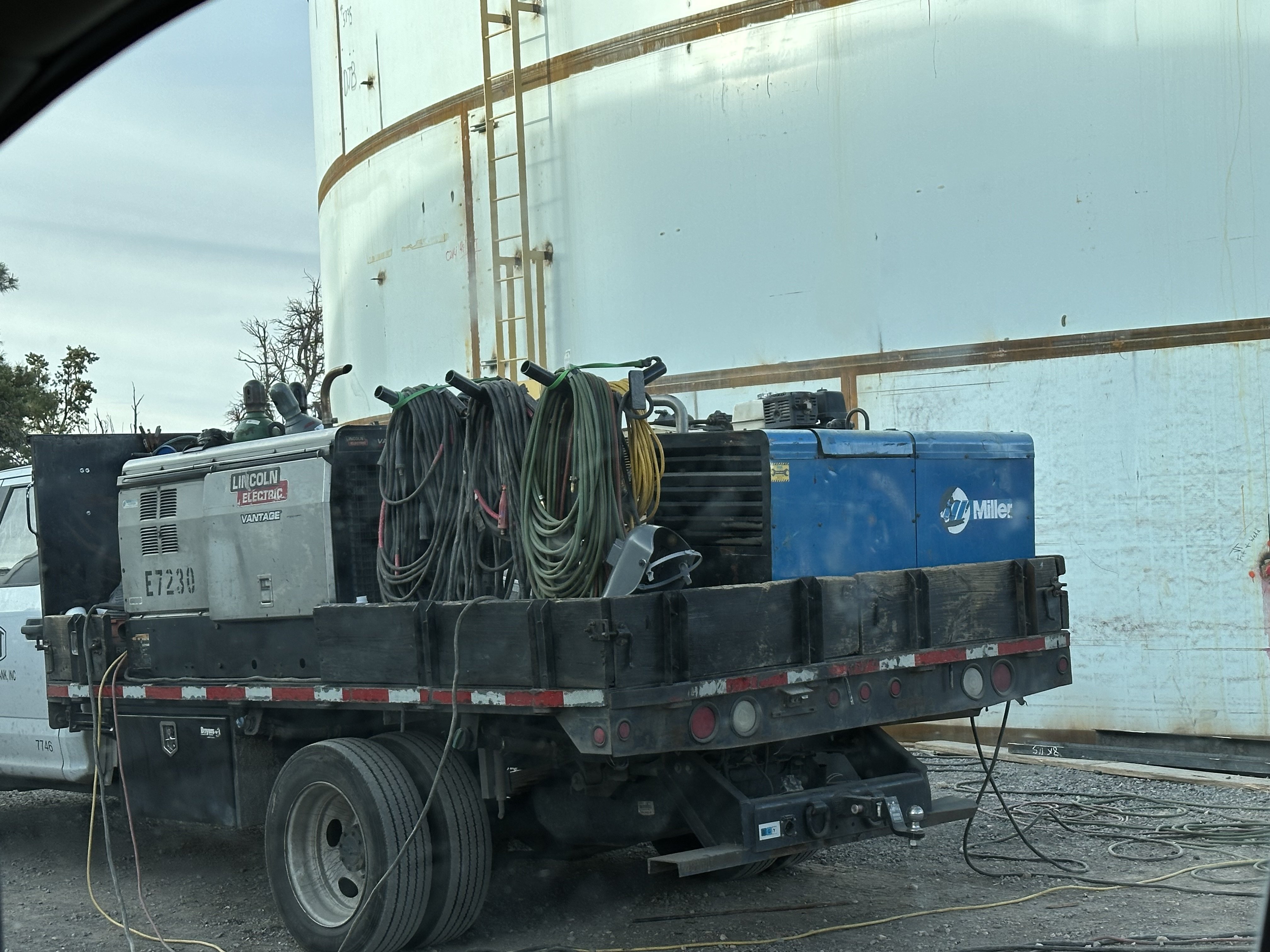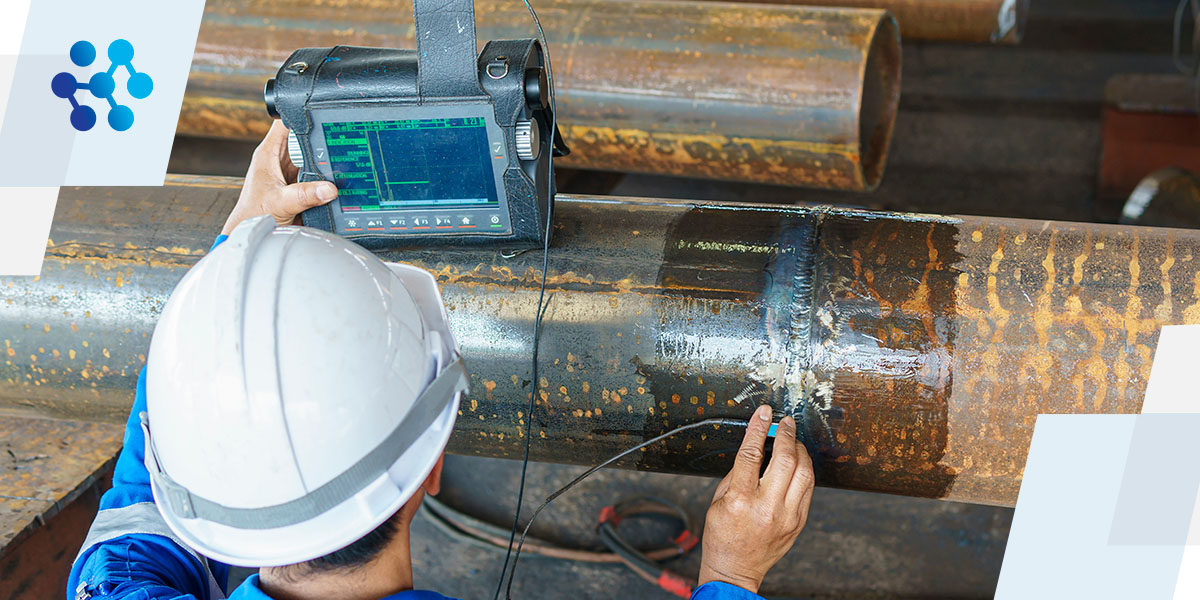Understanding the Key Actions In Tank Welding Inspection Procedures
Understanding the Key Actions In Tank Welding Inspection Procedures
Blog Article
A Thorough Introduction of Storage Tank Welding Inspection Criteria and Methodologies for Improved Weld Top Quality and Performance
The significance of welding evaluation requirements in the production of tanks can not be overstated, as they serve as the foundation for ensuring weld stability and functional dependability. Different inspection techniques, including visual analyses and progressed non-destructive testing approaches, are essential in determining potential imperfections that might jeopardize performance.
Value of Welding Assessment Criteria

Welding assessment standards incorporate a variety of requirements, including product requirements, welding procedures, and qualifications of employees involved in the welding process. By applying these standards, companies can methodically identify and fix potential defects, thus reducing the possibility of expensive repair work or catastrophic failings. Furthermore, strenuous evaluation techniques promote a society of responsibility and accuracy, motivating welders to keep high degrees of craftsmanship.

Common Welding Assessment Strategies


Ultrasonic Evaluating (UT) is another prevalent technique, making use of high-frequency audio waves to find interior imperfections that might not be visible externally. This method is specifically efficient for identifying voids or incorporations within the weld steel. Magnetic Bit Evaluating (MT) is also extensively utilized, particularly for ferromagnetic products, as it reveals surface and near-surface flaws through the application of electromagnetic fields and ferrous fragments.
Furthermore, Liquid Penetrant Screening (PT) detects surface-breaking problems by using a penetrant to the weld and then utilizing a designer to draw out the penetrant. Each of these strategies adds to a detailed assessment strategy, ensuring that welds fulfill the rigid quality criteria required in tank building.
Regulative Standards and Conformity
Regulatory criteria and compliance are crucial elements in ensuring the security and reliability of bonded frameworks in tank building - Tank Welding Inspection. These requirements serve to establish minimum demands for material residential or commercial properties, welding treatments, and inspection methods, thereby decreasing the threat of structural failures and boosting overall efficiency
Secret organizations, such as the American Society of Mechanical Engineers (ASME) and the American Welding Society (AWS), give standards that more information are extensively embraced in the sector. Compliance with these requirements not just ensures adherence to finest methods but also satisfies legal and contractual responsibilities, protecting the interests of stakeholders.
Governing bodies usually mandate adherence to certain codes, such as ASME Code Area IX for welding qualifications and API 650 for welded containers. These codes outline requirements for welding techniques, credentials of workers, and testing techniques to validate weld honesty.
Regular audits and inspections are vital to preserving conformity, as they assist identify deviations from established standards. Non-compliance can lead to substantial fines, project delays, and security hazards. Thus, a robust understanding of regulatory standards and a dedication to conformity are vital in achieving high-quality and resilient welded storage tank structures.
Non-Destructive Evaluating Approaches
Exactly how can the integrity of welded frameworks be ensured without triggering damage? Non-destructive testing (NDT) methods supply a durable option, making it possible for assessors to evaluate weld quality without jeopardizing the product - Tank Welding Inspection. Amongst one of the most common NDT strategies are ultrasonic screening (UT), radiographic screening (RT), magnetic bit testing (MT), and color penetrant screening (PT)
Radiographic testing entails passing X-rays or gamma rays with the weld, developing pictures that reveal structural problems such as fractures or spaces. This method is vital for assessing the honesty of complex welds.
Magnetic fragment testing is fit for ferromagnetic products, where magnetic fields disclose surface and near-surface stoppages. Color penetrant testing makes use of a fluid color to highlight surface-breaking flaws, making it an efficient approach for non-porous materials.
Each of these NDT approaches has distinct advantages, permitting comprehensive evaluations customized to particular products and welding procedures. By carrying out these methods, markets can guarantee the reliability and safety of welded frameworks, inevitably enhancing total efficiency.
Enhancing Weld Top Quality With Evaluation
Effective examination plays an essential duty in boosting weld quality, offering as an important checkpoint in the fabrication process. By determining possible issues early, inspections reduce the risk of jeopardized structural stability and make sure compliance with market criteria. Employing a mix of visual assessments, non-destructive testing (NDT) approaches, and mechanical assessments, assessors can identify problems such as porosity, fractures, and insufficient combination.
Applying a robust assessment procedure not only boosts the general quality of welds but also fosters a culture of accountability amongst welders and makers. Normal training and accreditation of assessment workers guarantee that they are geared up with the required skills to recognize and resolve possible issues efficiently. This proactive approach decreases rework and linked expenses, ultimately adding to predict effectiveness.
Additionally, extensive documentation of examination searchings for offers valuable understandings into recurring concerns, assisting in constant renovation in i loved this welding methods. By leveraging advanced modern technologies, such as automated ultrasonic screening or digital radiography, weld article source top quality can be improved through a lot more precise evaluations. Finally, an extensive assessment procedure is crucial in accomplishing high-grade welds, ensuring safety, reliability, and longevity in tank fabrication.
Conclusion
In conclusion, the application of extensive container welding inspection standards and approaches is necessary for making certain weld integrity and performance. By making use of a combination of aesthetic assessments, non-destructive testing methods, and adherence to regulatory standards, organizations can efficiently identify and reduce prospective problems.
Report this page